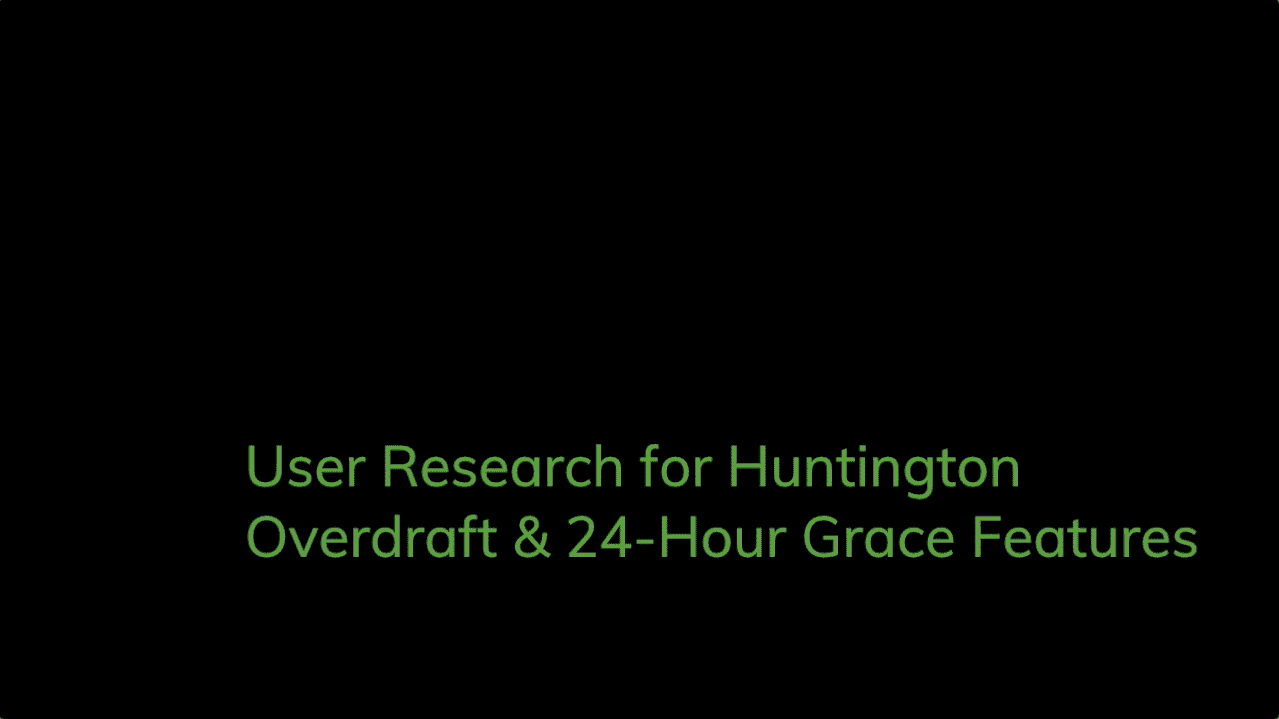Banking Services
A User Experience Research Task
What challenge DID I SET OUT to solve?
In 2016, a large portion of the bank’s customer service calls and complaints were in regards to account overdrafts and related fees. The bank wanted to reduce call volume and complaints to save money, improve customer satisfaction, and increase customer retention.
Through surveys, it was determined that customers might not understand how Overdraft Options, Overdraft Protection, and 24-Hour Grace services work. A business case to educate and empower customers about these services was submitted, approved, and executed upon. Marketing materials and website modifications were released in March 2017. Apart form satisfying financial regulators, the bank was not aware if these efforts achieved any of the educational goals. I decided to find out.
To comply with my non-disclosure agreement, I have omitted and obscured confidential information in this case study. All information in this case study is my own and does not necessarily reflect the views of Huntington National Bank.






